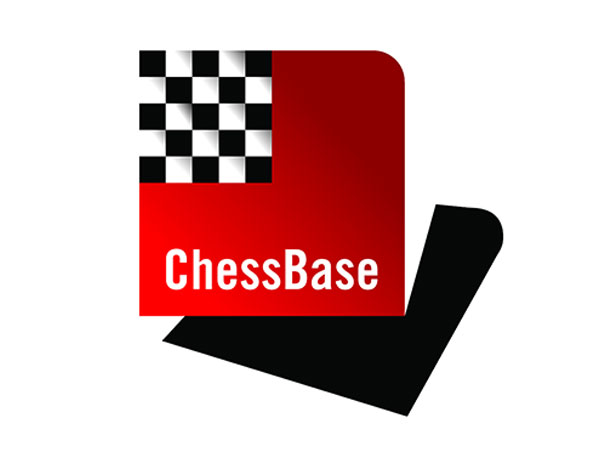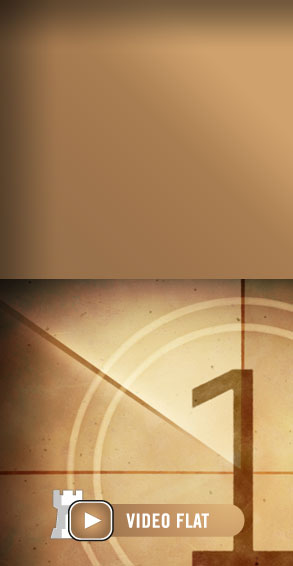Blindfold Chess
Blindfold Chess (subtitle: ‘History, Psychology, Techniques, Champions,
World Records, and Important Games’) by Eliot Hearst and John Knott (McFarland
& Company, Inc., Jefferson, 2009) is a beautiful 445-page hardback with
over 60 photographs. From the very start (page 1) the co-authors encourage the
reader not to regard blindfold chess as an elite activity: ‘Almost anyone
who is a fairly strong amateur can easily learn to play at least one or two
games without sight of the board’. The next page explains their project:
‘... we have been collecting historical data; selecting particularly
interesting games out of the many hundreds of blindfold games available; investigating
the validity of claims for world record-setting performances in terms of the
number of opponents played simultaneously and other criteria; trying to master
the relevant psychological literature on chessplayers’ memory, imagery
and expertise, so as to relate basic mental processes to what topnotch blindfold
players actually say about how they achieve their often spectacular results;
seeking substantiation or disproof of our joint belief that development of
skill at blindfold play is one important route to chess improvement; and pondering
the possible application of similar training methods for other human endeavors
that also entail the memory and planning of sequences of responses, especially
those involving visual-spatial tasks or capacities.’
Also from the outset (page 10) Hearst and Knott announce that Alekhine ‘will
turn out to be our clear choice for the best blindfold player of all time’,
and the same page argues that Najdorf ‘is the rightful holder of the world
simultaneous blindfold record at 45 games, played in 1947’.
The book is structured in three parts.
Part I (pages 15-147) has sections entitled Even Before Philidor, François-André
Philidor, Between Philidor and the Late 1800s, The First Part of the Twentieth
Century, The Last Fifty Years, Women and Blindfold Chess, and Major Recent Tournaments
and Matches. The players featured include Philidor, Paulsen, Morphy, Blackburne,
Zukertort, Pillsbury, Ostrogsky, Réti, Breyer, Alekhine, Koltanowski, Najdorf,
Flesch and Fine and, from more recent times, Hort, Kasparov and a number of
today’s leading players. Those unfamiliar with the mysterious Vladimir
Ostrogsky will welcome the section devoted to him (pages 59-62) and the inclusion
later in the book of all 23 games of his display in Moscow on 15 February 1904,
at which he set a new world record. Tony Miles is mentioned on page 122 as ‘an
anomaly in the history of simultaneous blindfold chess’ because he gave
only one display of significance (22 boards). The exploits of many other players
are also chronicled. It is noted, for instance, on page 52 that Sämisch ‘was
a brilliant blindfold player’.

Friedrich Sämisch
Page 65 discusses a 1928 article by Réti on the practical value of blindfold
chess:
‘[Réti] argues that it would be preferable to learn how to play
without sight of the board at a beginning stage in the development of chess
skill. He believes that the methods he used early in his mastery of chess
ought to be more widely adopted and publicized, and that any reasonably intelligent
person can learn to play a game blindfolded in a relatively few weeks, giving
the person a boost of confidence and immediate evidence that he is improving
at the game.’
There is also investigation of such curious episodes as the claim, from the
early 1920s, that in Spain José Juncosa played 32 blindfold games simultaneously
(pages 66-67). The co-authors grapple with the perennial problem of matching
George Koltanowski’s statements with the public record, although they
take quite an indulgent view of his ‘many inconsistencies, unfounded remarks,
and errors in his writings’ (page 83). Particular difficulties arise with
an important matter: the claims of János Flesch that he gained the world record
by playing 52 games simultaneously in Budapest in 1960. Those claims are considered
untenable, but the detailed examination (pages 99-110) states that ‘the
two authors of this book disagree on how to view Flesch’s overall status
as a blindfold champion and how to treat opinions of others about him’.
The claims of Dimitrije Bjelica to have played 56 blindfold games in Igalo,
near Herceg Novi, in 1997 are, of course, easier to dismiss (pages 130-131).
Part II (pages 149-204) deals with The Psychology of Blindfold Chess,
broken down as follows: Research on General Chess Skill, Psychological Studies
and Commentaries on Blindfold Chess, The Techniques of Blindfold Champions,
and The Supposed Health Hazards. Here, the points discussed include recognition
of patterns, mental imagery and the role of memory, with commentaries on blindfold
chess by Binet, Bergson, Fine and others. The book suggests that health risks
imputed to playing blindfold chess have been much exaggerated.

Paul Morphy
Part III (pages 207-389) comprises the games, in two sections: a) ‘all
available games from world record-setting simultaneous blindfold exhibitions’
and b) ‘a selection of other significant blindfold games’. In total,
444 games are given, nearly all of them annotated, starting with Philidor in
1783 but also including specimens of the play of Anand, Kramnik and Topalov.
Among others featured in the games section are Capablanca, Fine, Emanuel Lasker,
Morozevich and the Polgar sisters, but the masters most prominently represented
are, understandably, Alekhine, Blackburne, Breyer, Koltanowski, Morphy, Ostrogsky,
Paulsen, Pillsbury, Réti and Zukertort. It is Alekhine who appears the most
often, with over 70 games.

Alexander Alekhine
In addition to the inevitable brilliancies and mishaps there are impressive
positional productions, such as the following game on page 294, which M. Najdorf
won against V. Ingrasia in a 40-board blindfold display in Rosario, Argentina
on 9 October 1943:
1.e4 c6 2.d4 d5 3.Nc3 dxe4 4.Nxe4 Bf5 5.Ng3 Bg6 6.h4 h6 7.Nf3 Nf6 8.Ne5
Bh7 9.c3 e6 10.Bd3 Bxd3 11.Qxd3 Qc7 12.f4 Na6 13.Bd2 0-0-0 14.0-0-0 Bd6 15.Kb1
Bxe5 16.fxe5 Ng4 17.Qf3 f5 18.exf6 Nxf6 19.Ne4 Rhf8 20.Rhf1 Qe7 21.Rde1 Nd5
22.Qg4 Rxf1 23.Rxf1 Nac7 24.Nc5 b6 25.Nd3 Kb7 26.Ne5 Nf6
27.Qf3 Qe8 28.Bxh6 gxh6 29.Qxf6 h5 30.Qf7 Qg8 31.Qf3 Rd6 32.g4 hxg4
33.Qxg4 Qh7+ 34.Ka1 Qc2 35.Rh1 Nd5 36.Qd1 Qh7 37.a3 Ne3 38.Qb1 Qh5 39.Qd3 Nf5
40.Qf3 Qe8 41.h5 Nh6 42.Qf6 Ng8 43.Qf7+ Qxf7 44.Nxf7 Rd7
45.h6 Nf6 46.h7 Nxh7 47.Rxh7 Kc7 48.Ng5 Rxh7 49.Nxh7 Resigns. [Click
to replay]
Finally, pages 391-437 of this fascinating book offer extensive reference material,
including a list of record exhibitions, proposed rules for simultaneous displays,
a bibliography and 23 pages of indexes. In the Afterword the co-authors observe:
‘We have no doubt that improving your blindfold play will inevitably improve
your regular chess.’
Blindfold Chess is, in common with other McFarland books, available from
all good chess stockists, or
direct
from the publisher. The book’s retail price is $65. That is roughly
the cost of two crudely-produced print-on-demand paperback reissues of ‘classics’
on which a publisher has expended zero editorial effort.
This fine new book by Eliot Hearst and John Knott is likely to give rise to
much discussion, and they have set up a special
webpage for that purpose.
Acknowledgment: Edward Winter.
























